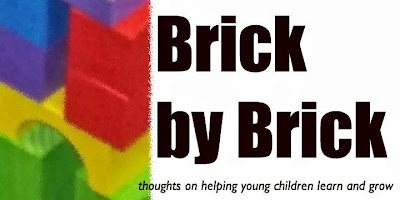 This fall I'm reading and reflecting on the book Teaching with Intention by Debbie Miller.
This fall I'm reading and reflecting on the book Teaching with Intention by Debbie Miller.Chapter 3: Environment, Environment, Environment
In this chapter, Debbie Miller leads us to think specifically about the classroom environment. She relates visiting a new teacher and realizing that this teacher needed some help to get the environment under control. Debbie says: "The environment has hijacked everything she holds dear."
Have you experienced this? As I think back to my two years in the elementary classroom, this statement seems to sum up some of the frustration I felt. In both cases, I had to quickly create the classroom space. I had to make quick decisions and then didn't seem to ever have time to correct what wasn't working the best.
I like the questions that Debbie Miller lists in evaluating the environment. Each one leads the teacher to think about the physical elements in the classroom and purposefully decide what is needed and why. Is a group gathering space needed? What about student desks and their arrangement? Where will students store their possessions? What about books and their organization?
One thing that Debbie Miller stressed that I also embrace is the input and involvement of students. I didn't include students as much as I would like in deciding some of the arrangement of the learning environment. But I was dedicated to making the space reflect them and their work. Most of my walls were bare at the beginning of the year. Walls filled with their work or "our" work (charts or posters). I would take more photographs to add to the space, too. And I would want to get some of their input in organizing books and resources.
Purposeful and authentic learning environments are the goal. Environments should work for teacher and students, should support what is important and valued. I like that Debbie says others should be able to walk into the classroom and immediately understand what the teacher thinks about learning. And a visitor should be able to learn and know things about the kids that learn in the space.
I am so glad that this book was recommended to me. (Thanks, @mcarlson110!) It has accomplished several things so far: I've been inspired to jump back into the classroom. I've realized where some of the frustrations originated from my previous classroom environments. And I've been affirmed in some of my original thinking.
I can't wait to read even more. And I've started a folder with ideas for my new learning space.
How does your learning space support what you value and believe about teaching and learning?

